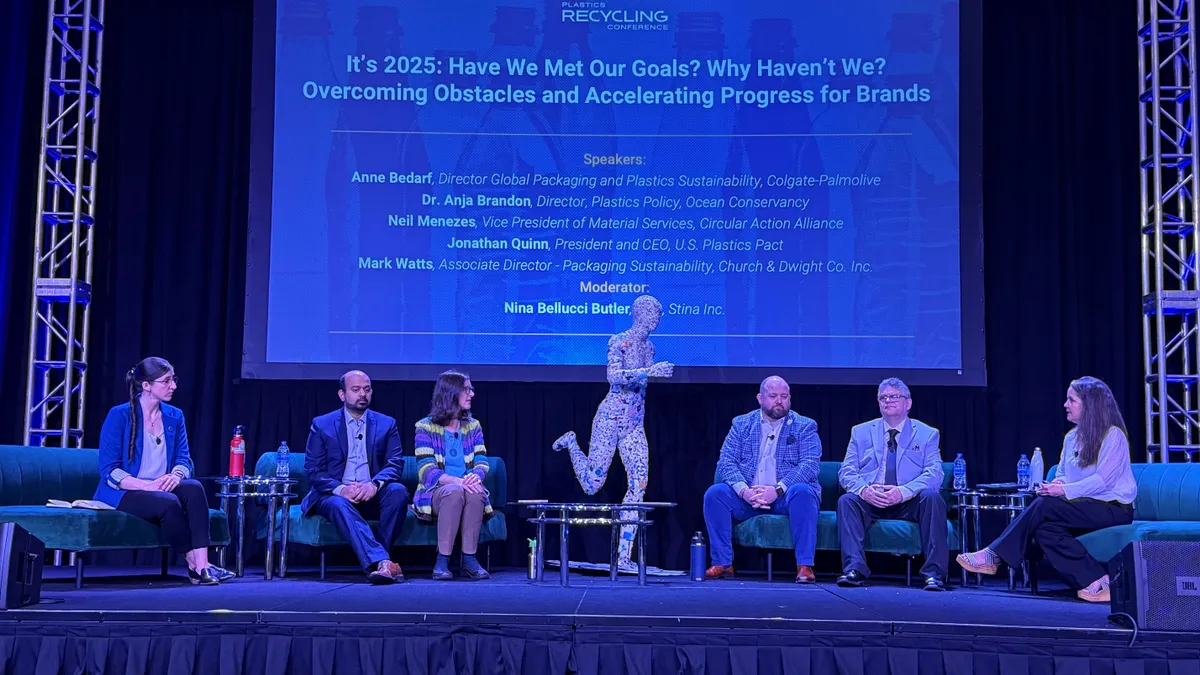Dive Brief:
- Rochester, New York is considering adding organics collection to the city's recycling program, according to the Democrat & Chronicle.
- The city's 2018-2019 budget contains funding for a waste stream analysis that will guide next steps. The city is collecting data including what is being recycled and which areas of the city have higher recycling program participation rates.
- Under a current 10-year recycling contract, the city receives profit-sharing up to $240,000 per year and if commodity returns go negative. Contamination rates for the current single-stream recycling program are said to be around 5%
Dive Insight:
Conducting an analysis of the city's waste and recycling streams before launching new programs or updating older ones offers significant benefits. The analysis provides a framework for purposefully investing taxpayers' money in programs that residents would actually use, instead of taking a shot in the dark when adding services.
Rochester already has been revamping its recycling program even before starting the waste stream analysis. From fall 2016 to summer 2017, the city distributed new 96-gallon wheeled containers to every residence to replace the small, lidless containers. The containers are about eight times larger than the previous ones, which helped the city achieve its goal of switching to bi-weekly collection plan. The larger containers also accommodate large, bulky items such as cardboard boxes better, and the containers open up the possibility of adding new items to the recycling stream.
Rochester is the third largest city in New York and touts itself as being a recycling pioneer in the state. However, during a time when budgets everywhere are tight, launching and maintaining a curbside organics program presents risks. Just this spring, the City of New York Department of Sanitation temporarily suspended the plan to expand its organics collection to all residents to give the department time to improve efficiencies with the service.
Aside from the cost of collection, another key factor is proximity to processing capacity. A potential statewide commercial organics ban that has been described as one way to encourage infrastructure development upstate continues to get stuck in the state legislature year after year.
But last month New York's Department of Environmental Conservation announced a move that could help cities get past some funding struggles: $4 million in grants for expanding programs to divert organic materials from landfill and waste-to-energy facilities. That can include equipment or technology to advance composting programs or boost the capacity to donate edible surplus food.















